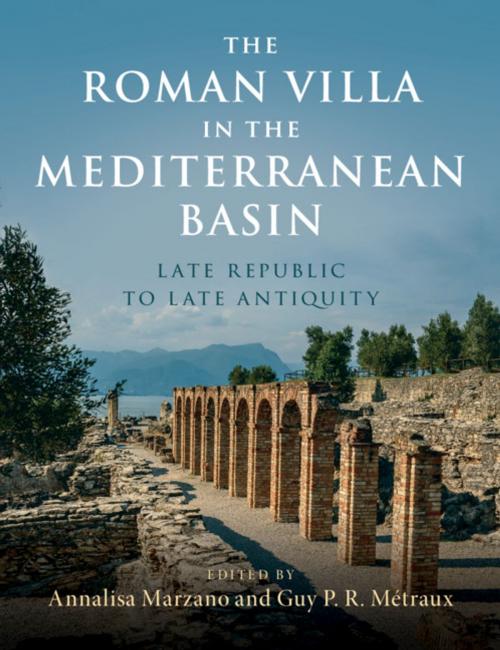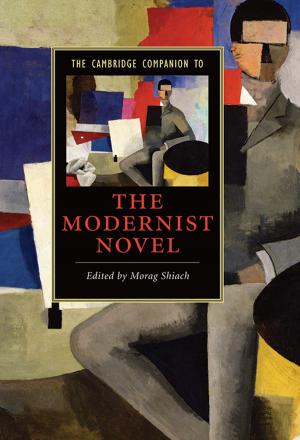The Roman Villa in the Mediterranean Basin
Late Republic to Late Antiquity
Nonfiction, Social & Cultural Studies, Social Science, Archaeology, Art & Architecture, Art History, History| Author: | ISBN: | 9781316732540 | |
| Publisher: | Cambridge University Press | Publication: | April 30, 2018 |
| Imprint: | Cambridge University Press | Language: | English |
| Author: | |
| ISBN: | 9781316732540 |
| Publisher: | Cambridge University Press |
| Publication: | April 30, 2018 |
| Imprint: | Cambridge University Press |
| Language: | English |
This volume offers a comprehensive survey of Roman villas in Italy and the Mediterranean provinces of the Roman Empire, from their origins to the collapse of the Empire. The architecture of villas could be humble or grand, and sometimes luxurious. Villas were most often farms where wine, olive oil, cereals, and manufactured goods, among other products, were produced. They were also venues for hospitality, conversation, and thinking on pagan, and ultimately Christian, themes. Villas spread as the Empire grew. Like towns and cities, they became the means of power and assimilation, just as infrastructure, such as aqueducts and bridges, was transforming the Mediterranean into a Roman sea. The distinctive Roman/Italian villa type was transferred to the provinces, resulting in Mediterranean-wide culture of rural dwelling and work that further unified the Empire.
This volume offers a comprehensive survey of Roman villas in Italy and the Mediterranean provinces of the Roman Empire, from their origins to the collapse of the Empire. The architecture of villas could be humble or grand, and sometimes luxurious. Villas were most often farms where wine, olive oil, cereals, and manufactured goods, among other products, were produced. They were also venues for hospitality, conversation, and thinking on pagan, and ultimately Christian, themes. Villas spread as the Empire grew. Like towns and cities, they became the means of power and assimilation, just as infrastructure, such as aqueducts and bridges, was transforming the Mediterranean into a Roman sea. The distinctive Roman/Italian villa type was transferred to the provinces, resulting in Mediterranean-wide culture of rural dwelling and work that further unified the Empire.















